The Worm Ouroboros is a proto-fantasy (the in the genre sense) novel by E. R. Eddison, originally published in 1922. It is an amalgam of mythological traditions, Greco-Roman epic poetry, and invented fantasy worlds. A historian of fantasy literature could probably draw a line of influence that ran from Dunsany, through Eddison, and to Tolkien. I am not going to talk much more about the story here, though if you are curious Patrick wrote a lengthy post over at False Machine that is worth a read.
The pacing and characterization are occasionally rough going for someone used to contemporary fantasy novels, or even contemporary novels of any kind, but the overall effect is something like if Homer wrote an adventure epic in the early 20th century adventure novel vernacular based on the fever dreams of a five year old.
The real point of this post though is to spotlight a recently released edition of this book by Easton Press, one of the publisher’s 2021 “Reader’s Choice” titles. I do not usually care for the Easton Press house style, which involves aggressively conventional leather binding, extensive gilding, and overly literal cover designs. In this case, however, the style fits the title reasonably well, and Easton Press does at least put out durable products (real leather, stitched bindings, acid-free paper, and so forth). The interior is a facsimile of an earlier (perhaps the first) edition, and includes all the original illustrations by Keith Henderson, which, as black and white line art, also come out tolerably well in reproduction. Given the strangeness of the story, this might end up being the only game in town for someone that wants a more substantial edition. I lack much experience buying from Easton Press directly (this is actually the only book from them I own at the moment), but my understanding is that the Reader’s Choice titles are only available for some unspecified but limited period, and then rarely reprinted.

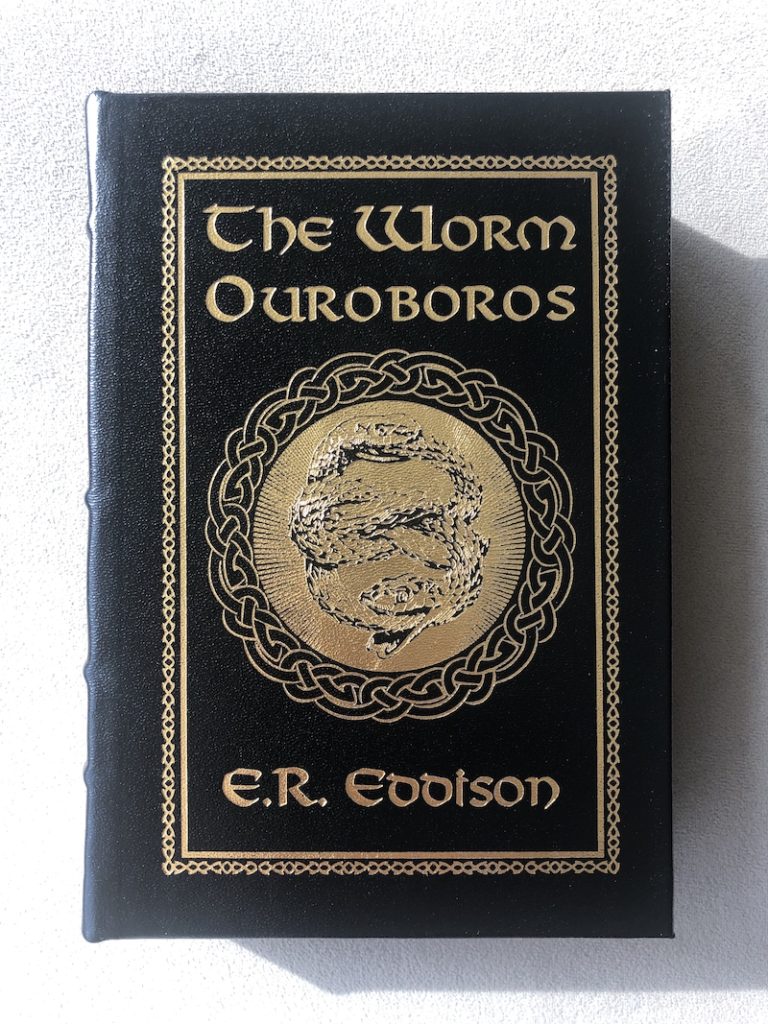
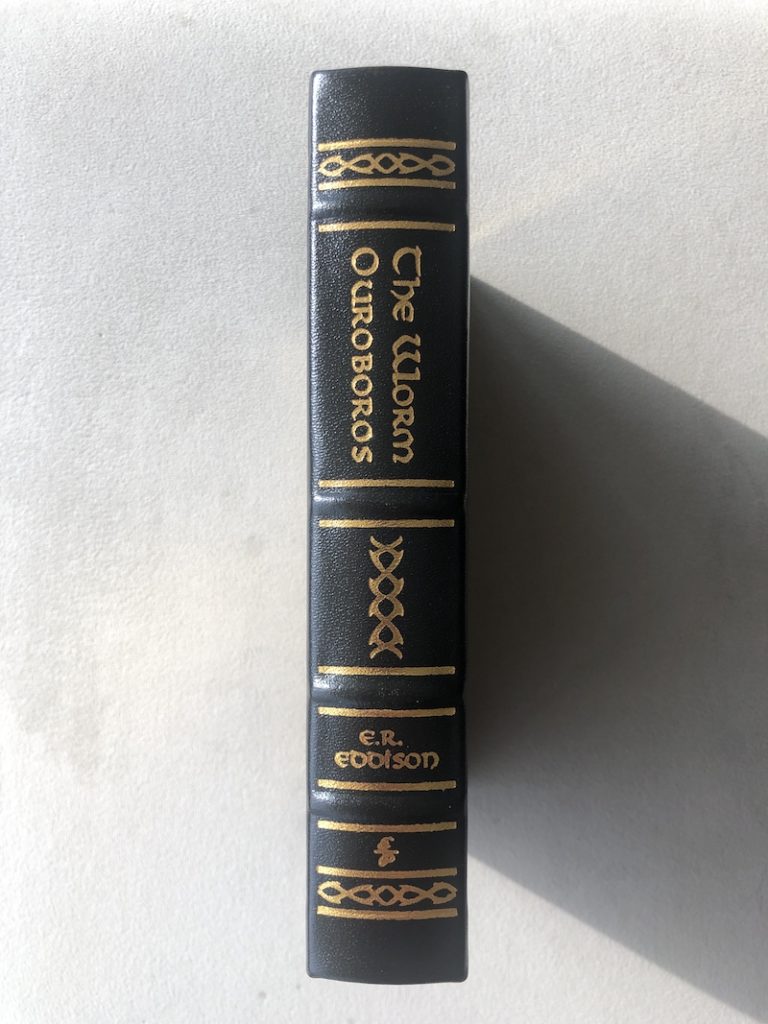
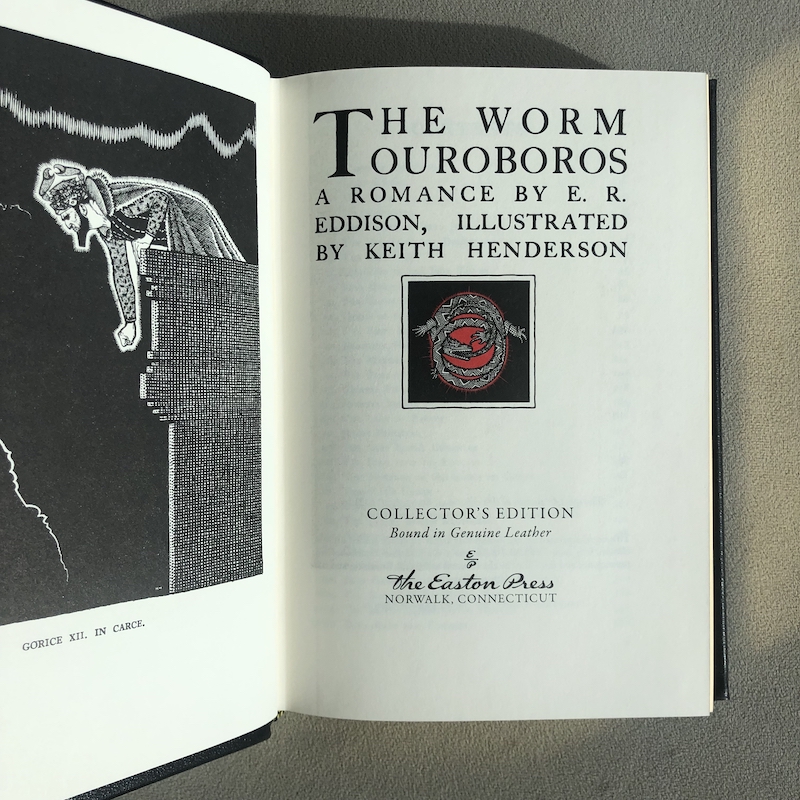
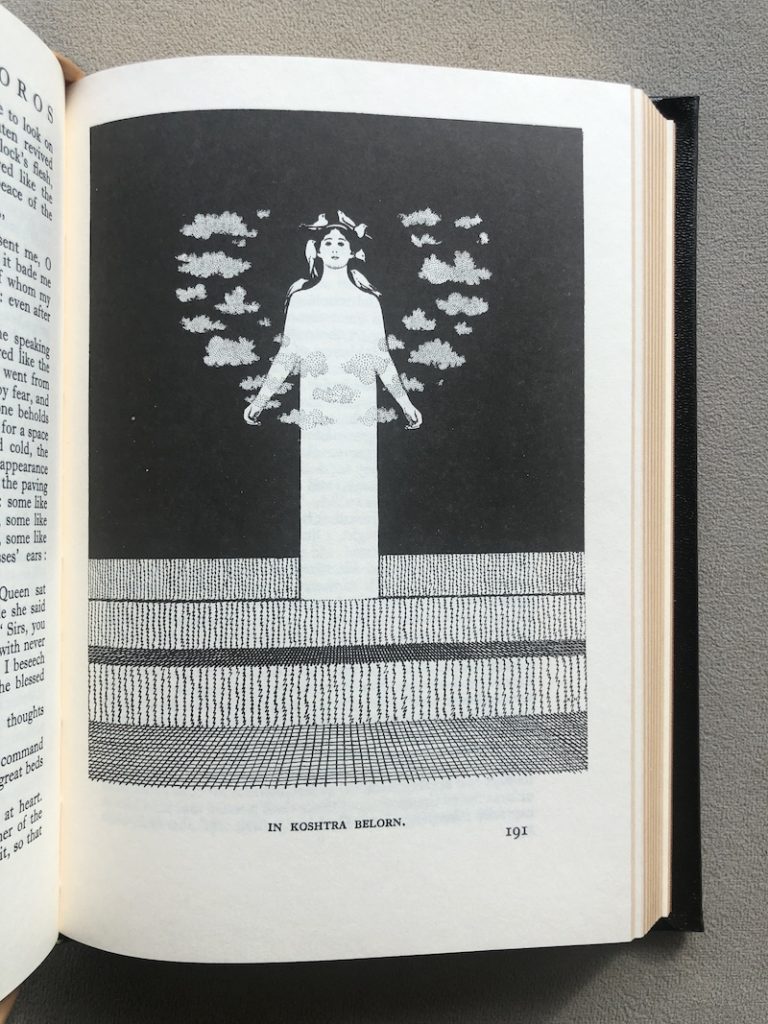
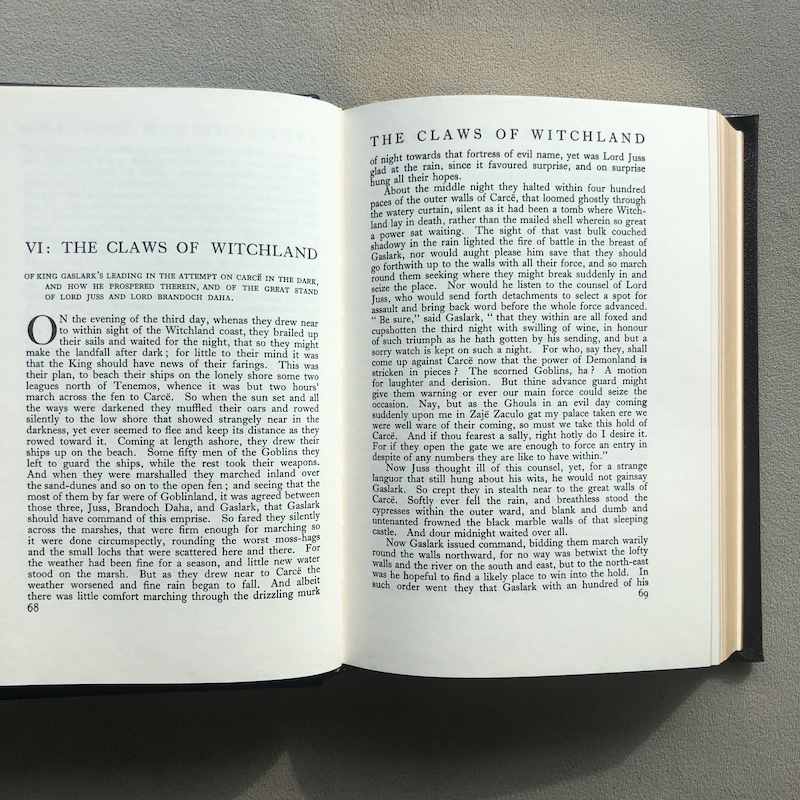
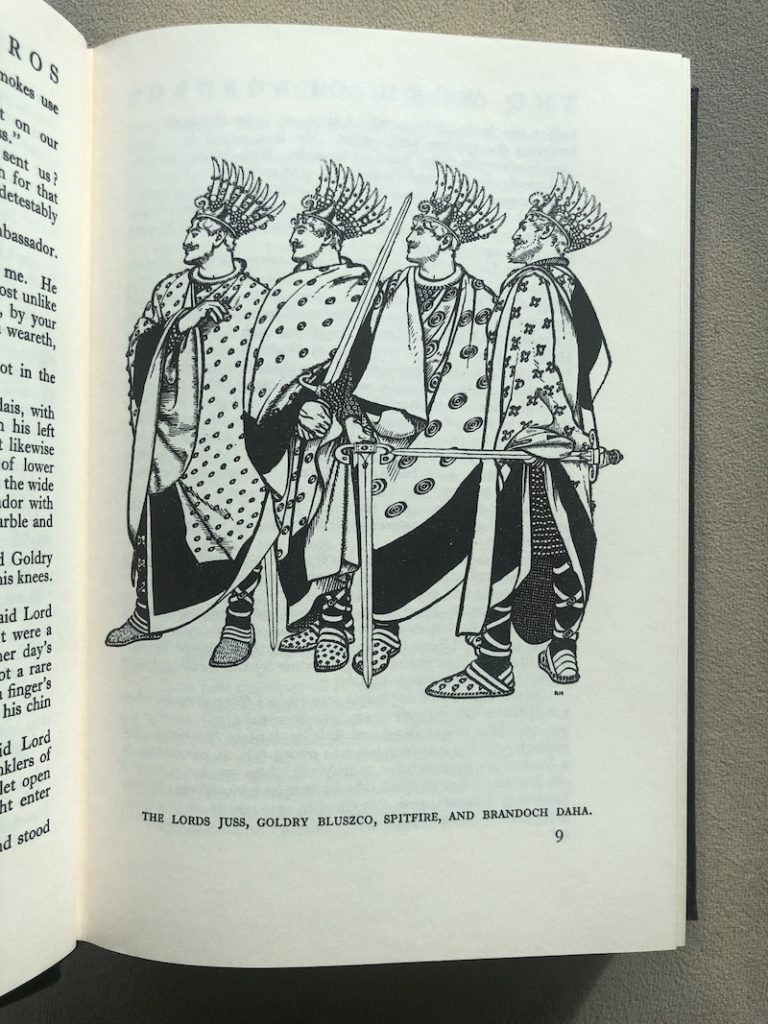
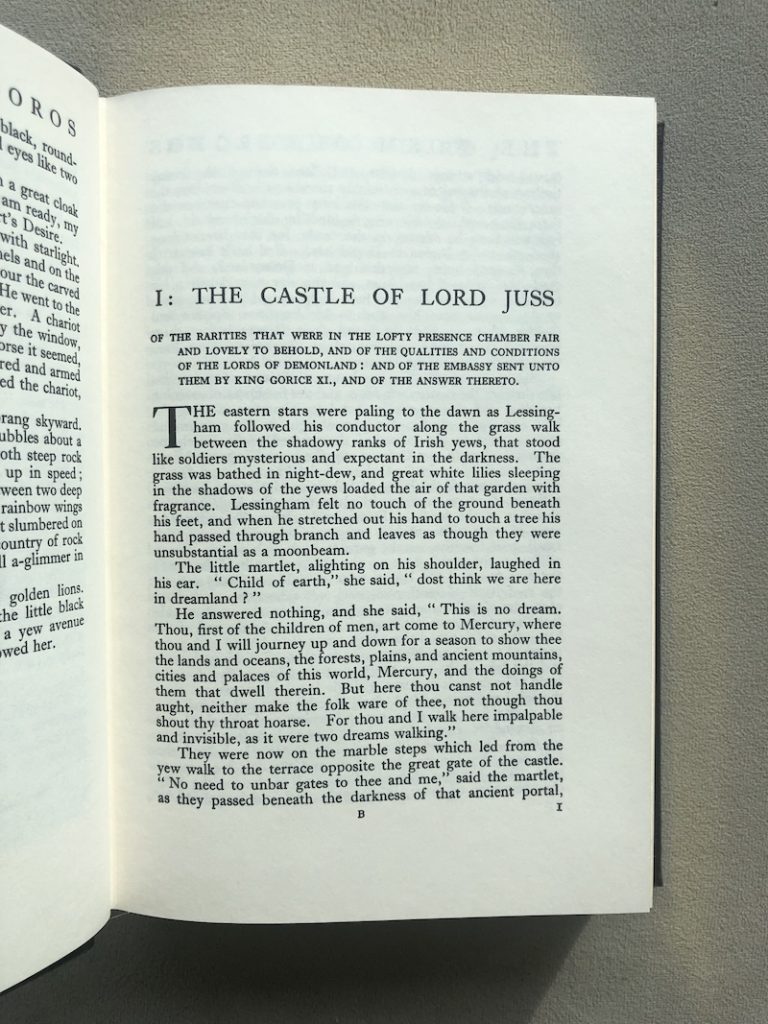


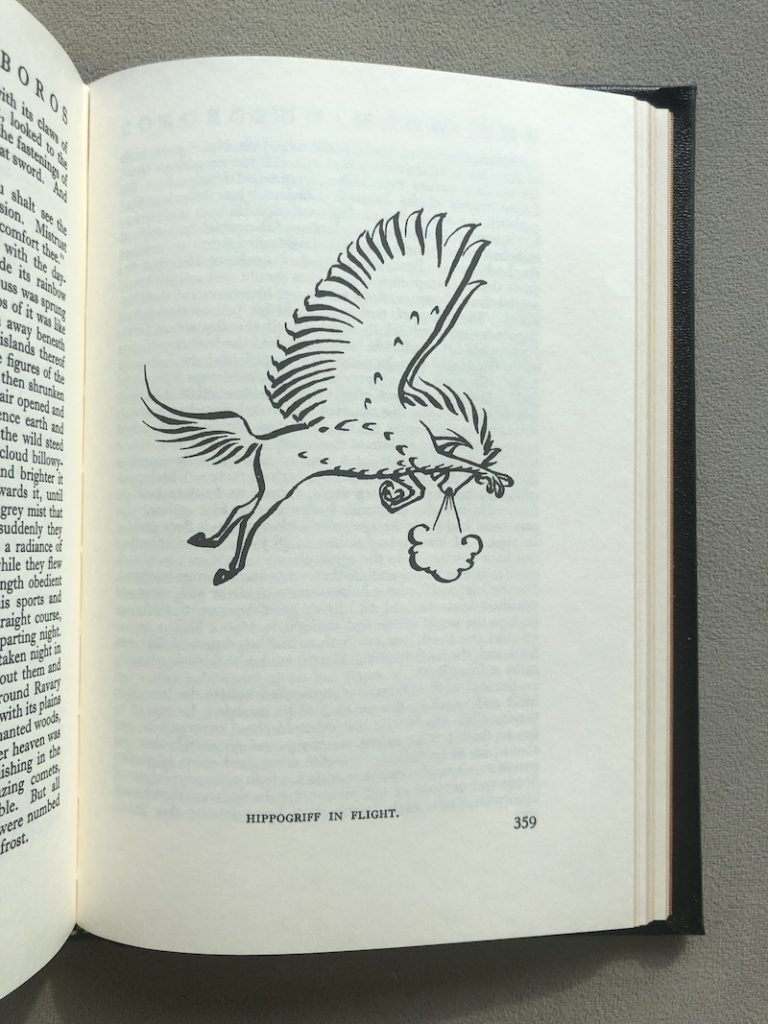
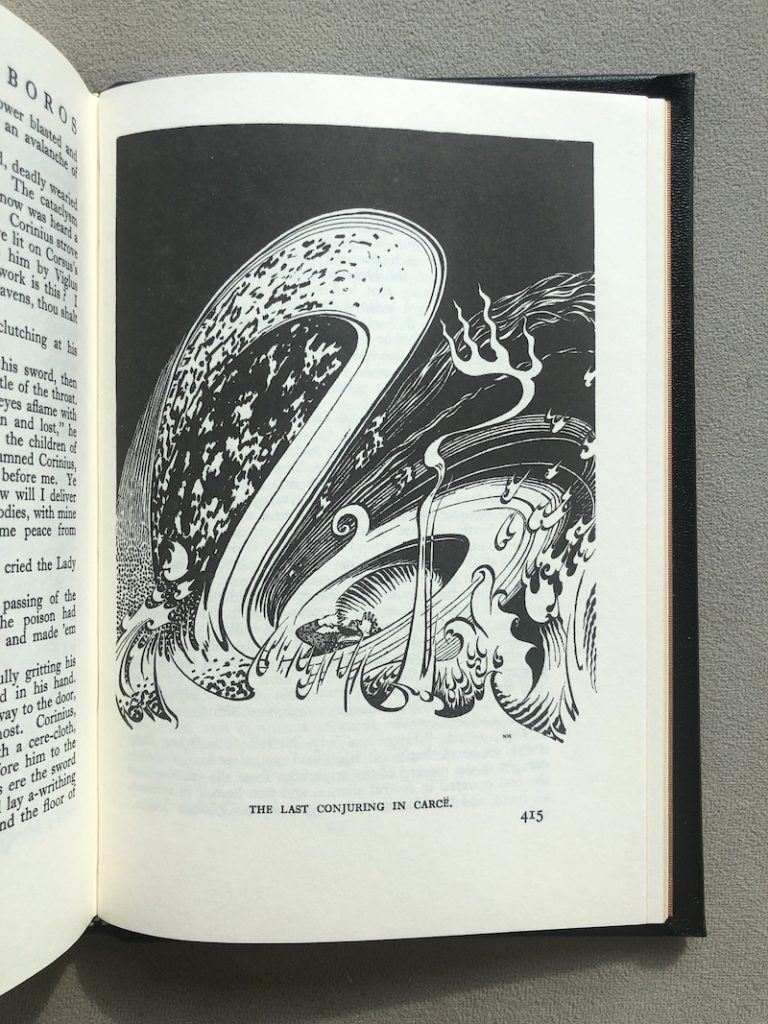
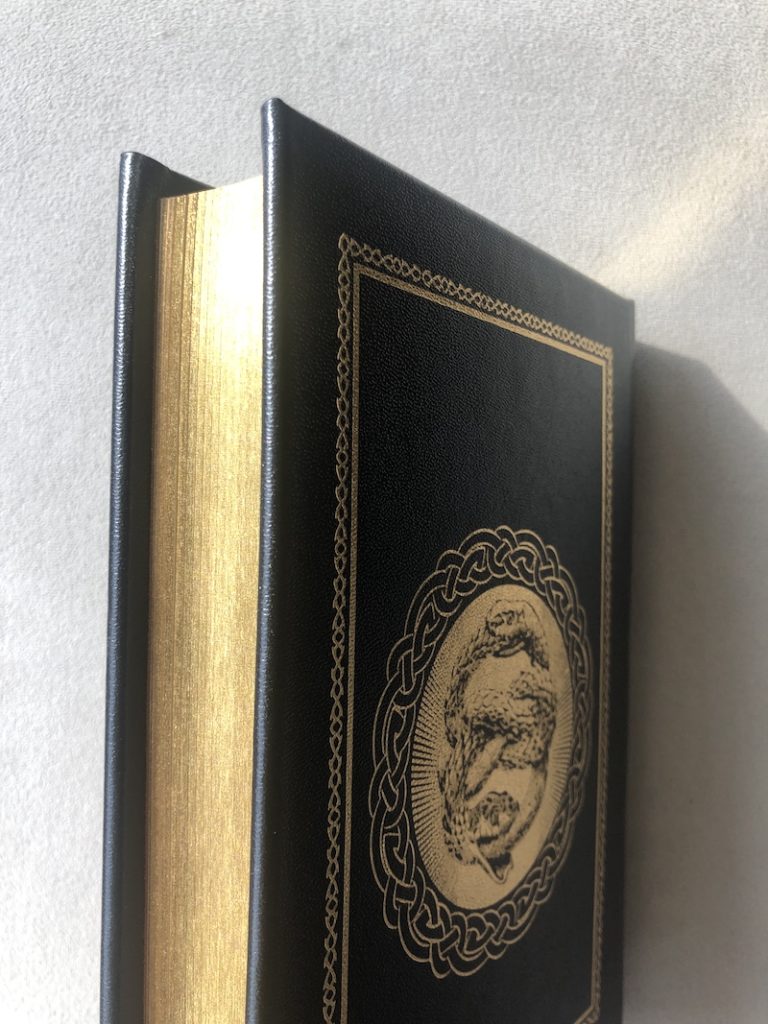
What a pretty tome! I was thinking on reading it online, because the price is astronomical for me at the moment. Did you finished it already?
@jacare
I have read it previously, in the Ballantine paperback published in the 1970s. I reread a few sections in this new edition, but haven’t gotten to a full reread yet. I have a few other books ahead of it in the queue. I should have mentioned that the text is in the public domain now, and so there are free ebooks, such as this one.
I bought a first American edition maybe 15 years ago, and one of Mistress of Mistresses as well. They have started to demonstrate why acid-free paper is a good thing…But both of them together didn’t cost me half the price of that Easton Press edition.
@Alec
It is the dilemma. Unfortunately, the materials for high-quality books are becoming more expensive, as are the labor and skills required for any manual crafting. So newly produced nice books are probably going to only get more expensive in real terms on average. It does make the secondary market often a source of good deals, particularly for more obscure titles. Not for titles such as this though, which tend to have higher demand (nice editions of science fiction or fantasy works have been going up in price, especially if there is a recognizable publisher brand, such as Easton Press).
I remember it as an Ace paperback released as part of the general shaking-out of the couch cushions for anything fantasy on the back of the Tolkien craze, strangely mannered but with some memorable moments. Looking critically, I see traces of the studied, constructed archaism and adventure journeys of the William Morris romances, mashed together with heroes and intrigue in the manner of Dumas. The illustrations are top notch.
@Roger
I agree; the illustrations are excellent.
I have never read any of William Morris’s fantasy novels. Given my increasing fascination with fine printing and the private press movement, I should really rectify that at some point. (For those unaware, in addition to being a pioneer in fantasy literature and worker cooperatives for artisans, William Morris founded the Kelmscott press, which in many ways was the most influential of the early 20th century private presses.)
William Morris’s romances are AMAZING. The Well at the World’s End is the masterpiece.
Maybe that will be the first one I try.
(There is a 4000 × 2684 pixel version of that spread if one clicks through to Wikimedia.)
Ugh. Poked around their website for a bit and I see that their market is not the bibliophiles, but those who are easily impressed and people who want to impress others with expensive hardbacks. Ugly endpapers, ugly covers, and none of the older texts with multiple translations and editions specify which have been used. “Rigorous inspection at every stage ensures adherence to our exacting standards”, their marketing reads on every listing, but they also skipped the step where one determines if the text is worth the paper; a $370 hardback of Atlas Shrugged should have been rejected on the grounds of taste alone.
@JWD
Yeah as noted in the post I have mixed feelings about Easton Press as a publisher. Their marketing is full of puffery and they will slap a leather cover on seemingly anything. The printing quality also varies dramatically between titles. Some releases are done reasonably well while others look like bad photocopies. (I suspect this has to do with whether the reproduction was done using modern scans or not, with recently scanned books probably being higher quality.)
That said, almost all Easton Press releases are actually durable in terms of the materials. Much better made than pretty much all offset-printed trade books, and don’t get me started on publishers who should know better starting to use print on demand. (I have a cold glare for Cambridge University Press.) Easton puts out the occasional book which is a rebound trade textblock, that should be avoided (such as, I believe, the Complete Lovecraft they put out), but generally speaking they are on the side of the angels regarding acid-free paper and stitched bindings.
Easton Press also owns the rights to most of the internals from the old George Macy company (The Limited Editions Club, The Heritage Press), which did a lot of admirable work, often with excellent illustrations, almost all newly commissioned at the time. The current “greatest 100” series (or whatever Easton calls it) titles are often drawn from this collection of assets. While I have to date always preferred the Heritage or Limited Editions Club issue over Easton Press, some of the older bindings have not held up well or have become scarce for other reasons, so on balance I think it is still a service to keep these titles in print, even in this latter, mostly fallen state.
(Also sorry about the delay in your comment showing up; I had to rescue it from the spam filter.)
please put a search bar in this blog? I like it a lot but it’s hard to find articles
@Giovanni
Glad you find it useful.
You can search using the standard Google search operators. For example:
site:necropraxis.com whatever search term
https://www.google.com/search?q=site%3Anecropraxis.com+hazard+system
You might also be interested in the OSR Search custom search engine that I pseudo-curate. It’s kind of a janky setup, but works well enough and has saved me a lot of time.